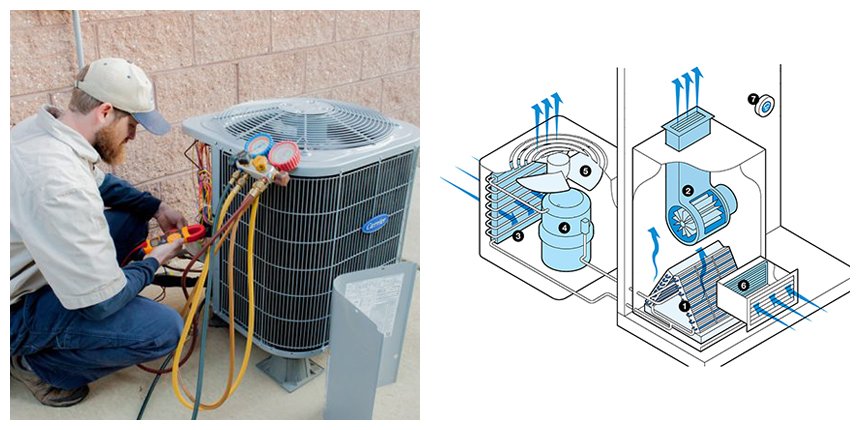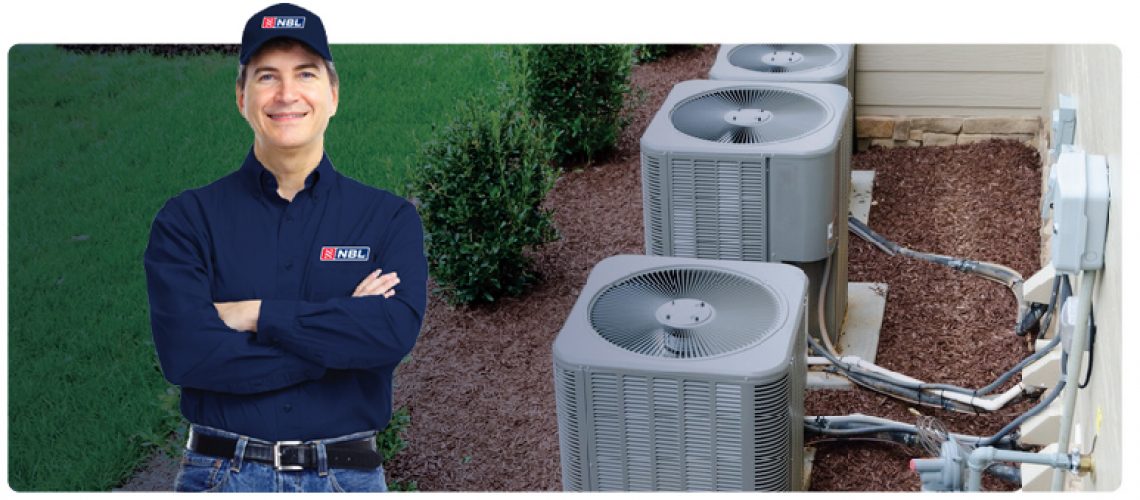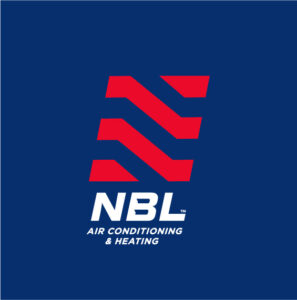Generally speaking, it could be said that the concept of an HVAC refers to the renewal and treatment of air to confer conditions of sanitation, temperature and humidity that are comfortable for people.

Specifically, the HVAC concept comprises the following actions:
Heating: Refers to the process of adding heat to the air to increase its temperature. Most systems use a heat pump to heat air and more efficient ones, adding the recovery of heat generated in the air extraction process.
Cooling: Refers to the reverse process. That is, extract heat from the air to lower its temperature to comfort levels. The most common way to cool the air is to compress a special gas to make it liquid and lead it to a compartment where it expands rapidly. This situation results in the displacement of heat contained in the air within the equipment.
Ventilation: Refers to the process of renewing the air of closed premises providing air from the outside to ensure its quality and health. It consists of removing the inside air and adding air from the outside using the concept of dual airflow and specific treatment inside the equipment.
Humidify: Refers to the process of increasing or reducing the humidity of the air keeping it in a comfortable interval. It is worth clarifying that adding or removing moisture to an environment can be applied for both cold air and hot and that both processes, consume a lot of energy.
Clean: Refers to the filtration treatment that is applied to the air of a system. Currently, the equipment has filters to remove dust, fumes, pollen, and all kinds of solid particles in suspension. Some systems have different filtering instances and different technologies that allow to considerably increase the air quality to breathe.
Move: Refers to the controlled movement of air currents within the rooms to avoid annoying sensations. The renewal of the air interior must be effective and imperceptible and to achieve this, diffusion and return grids must be arranged in such a way as to avoid turbulence.
HVAC systems are made up of many individual components that are responsible for specific and sometimes very important functions.
Components of an HVAC system
To understand the general concept of how an HVAC system is composed, we will describe the seven basic and essential components of a central air conditioning system. “Call us and let our experts clear all your doubts about an A/C system”
1- Evaporator: It is the component responsible for cooling the air. To do this, use the cooling coils that eliminate heat and regulate the humidity of the air that is going to be driven into the environment.
2- Blower: It fulfills the task of collecting the cooled air in the evaporator and driving it to the environment according to the demand programmed in the thermostat.
3– Condenser: It is responsible for extracting heat from the air in the cooling process. When the gas is compressed and passes to the condenser, it exchanges the temperatures staying with the cold and expelling the heat to the outside.
4- Compressor: It is the unit responsible for creating the refrigerant by compressing a special gas. Obtained the refrigerant is taken to the condenser where it loses temperature and circulates through the evaporator coil to cool the air.
5- Fan: It is the component responsible for expelling the heat extracted by the condenser.
6- Filter: It is a device that is located inside the equipment and fulfills the function of cleaning the air that is going to be propelled into the environment.
7- Thermostat: It is an electronic device to control, configure and program the air temperature and the type of air conditioning that is intended to be obtained.
References:
Link Carrier – HVAC Operation
How does an air conditioning system work?
Link Energy Star- Infographic
Infographic of an HVAC system and the refrigeration of a home.
Link Energy Star – Overview
General aspects and operation of an HVAC system.
Related Posts:
Excellence in HVAC needs training, certification, and licensing

